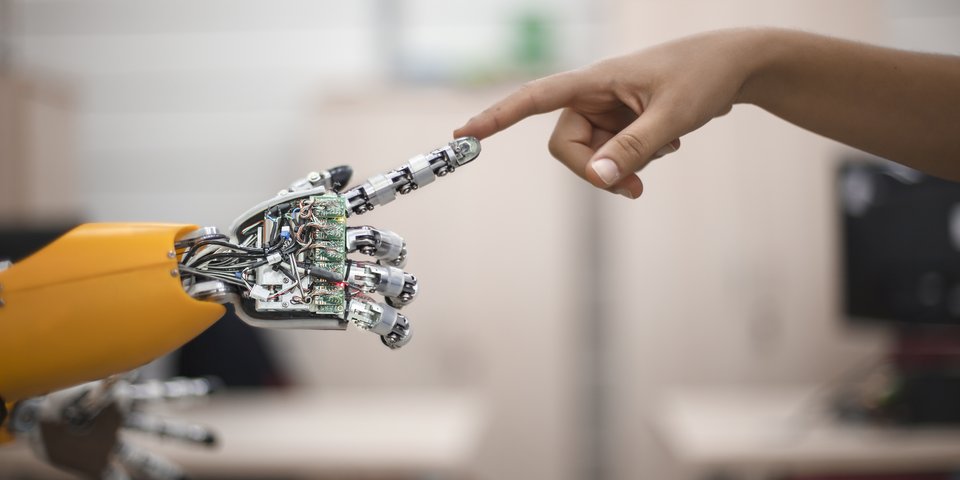 muratsenel
muratsenelHuman-machine collaboration in healthcare
Synergies through hybrid systems.
TH – 02/2019
Interactions
between humans and intelligent technologies are steadily increasing. In order
to explore the opportunities that this creates, the EU-funded Smartnurse project has set itself the goal of developing a strategy for transforming the
results of a series of experiments on using computer technologies to train emergency
nurses into a system which can then be used in real-life settings.
The
aim of the project is to determine the extent to which humans and machines can
complement each other’s specific capabilities in order to reach objectives that
neither could achieve on their own.
Intelligent technologies
In
one of the project’s experiments, nursing students were given an ‘intelligent
assistant’ during the simulated resuscitation of an unresponsive patient. This
consisted of a display that was attached to the student’s head. The portable
intelligent assistant can evaluate the effect of certain activities, e.g. chest
compressions during a resuscitation attempt, and then provide feedback in real
time. It also provides a range of information on the display when requested,
including suggestions on how to proceed, immediate answers to medical
questions, and information about hospital regulations.
Other
experiments in the project demonstrated the use of a smartwatch equipped with a
sensor. This smartwatch records activities related to patient care and can provide
information on areas such as resuscitation. Even a single sensor node on a
nurse’s wrist could recognise complex actions and evaluate them.
Cross-border cooperation
The
experiments were carried out jointly by the two project partners, the German
Research Centre for Artificial Intelligence (DFKI), and the University of
Southampton. The DFKI was responsible for the technology, and the University of
Southampton provided the experimental setting in the form of its nursing
school. The researchers now want to determine whether elements from this study and
similar studies are suitable for putting into practice. Of particular interest
are technical, regulatory, financial and social issues related to the use of
such systems, including their use in nursing schools and later hospitals.
